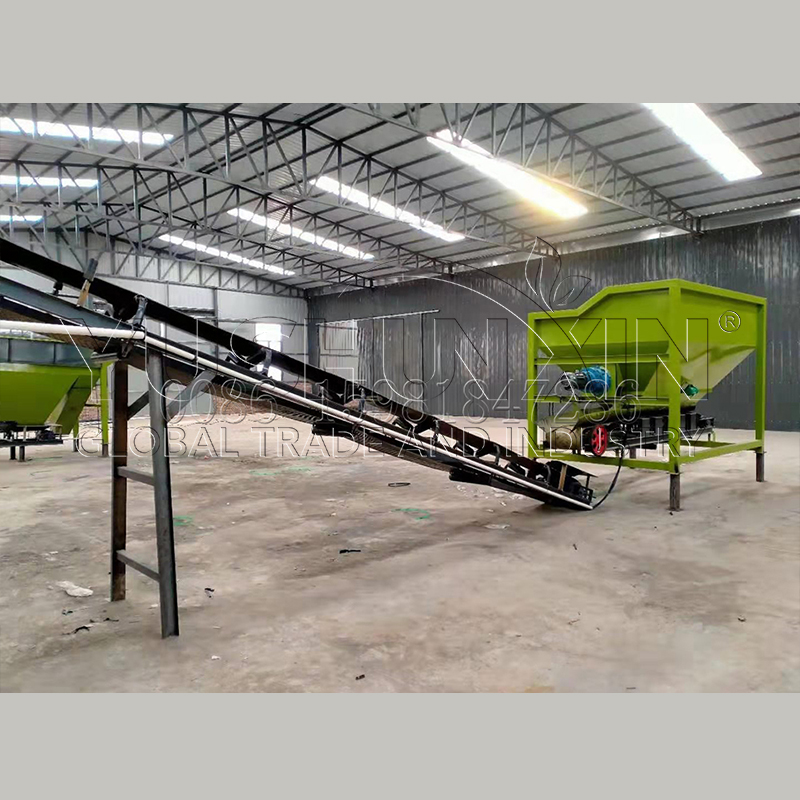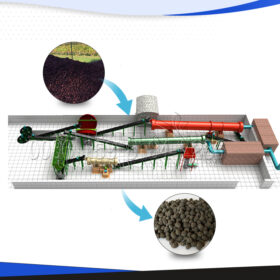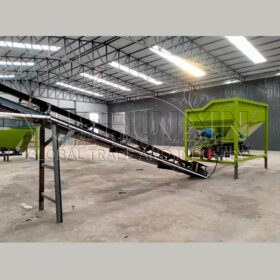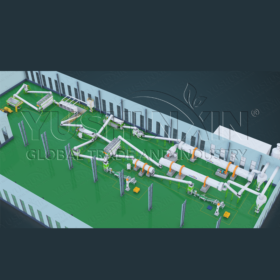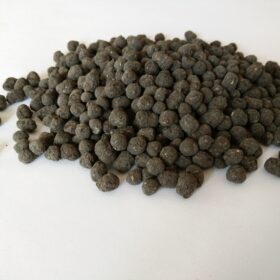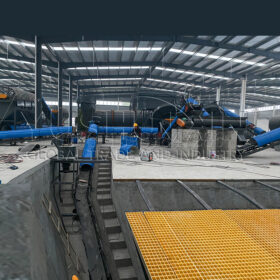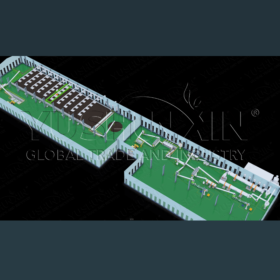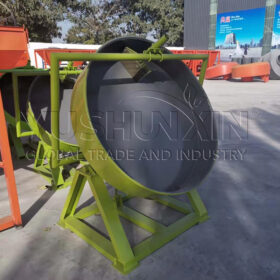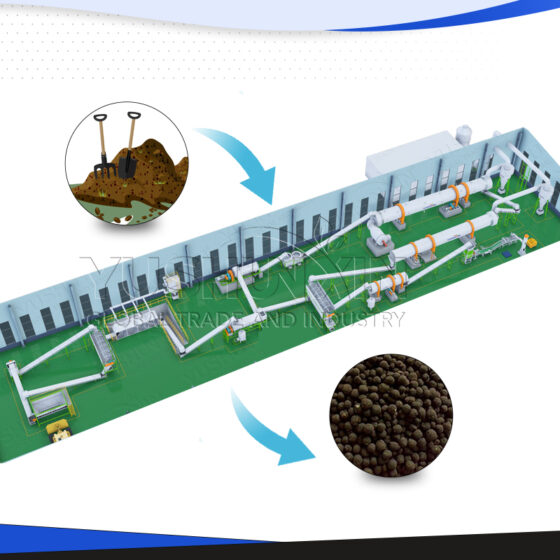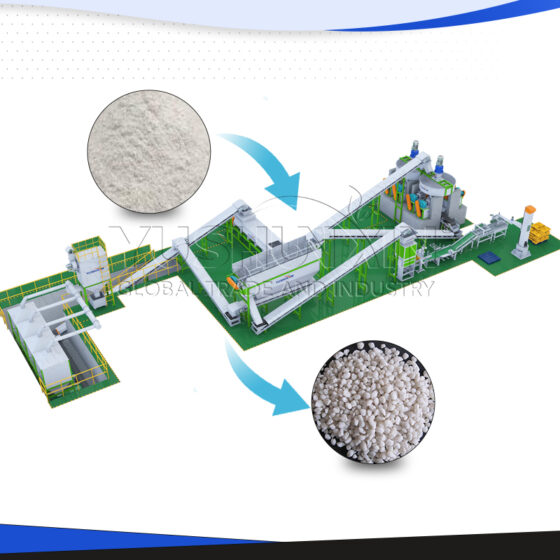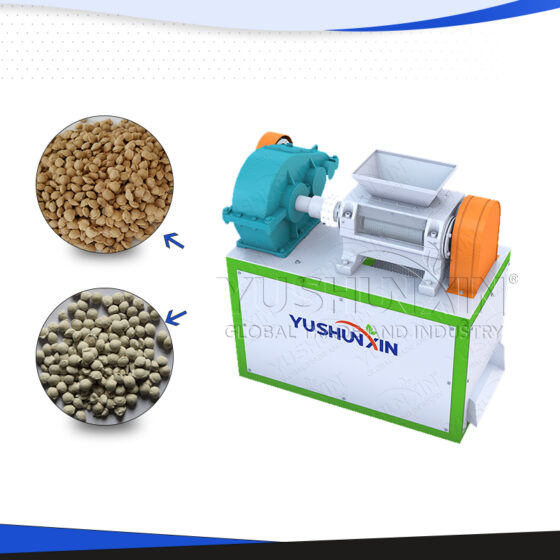Organic waste to fertilizer production line uses the organic waste as the raw material, such as organic waste, straw, excrement from people, livestock and poultry, cake meal, agricultural and sideline products, then it is fermented, deodorized and thoroughly decomposed to be made fertilizer.
Equipment operation flow of organic waste to fertilizer production line
1. The raw material is accumulated and fermented.
The production of any kind of qualified and high-quality organic fertilizer must go through compost and fermentation.
2. Mixing and Crushing
Crushing machine includes semi-wet material crusher, chain crusher, hammer crusher, etc.; mixing machine includes double shafts horizontal mixer, horizontal mixer, single shaft mixer, ฯลฯ.
3. Granulation
In the production of organic fertilizer, the choice of granulation method is very important. At present, there are mainly different ways, like disk type, drum type, extrusion type.
4. Drying
Most material have formed granules after granulation, but at this time the granules still need to be dried because their water content and strength can not reach the standard.
5. Cooling
The dried granules are sent to the cooler by the belt conveyor to cool to near the room temperature, so that the strength of the granules is improved and its water content is reduced.
6. Screening
Some powdery materials still exist in the cooled granules, so it is necessary to sieve out the fine powder and large particles, and then let them be processed by certain machines.
7. The final products should be coated, then a protective film are formed on the surface of particles to isolate from the outside air.
8. The qualified products are packed by automatic packaging scale.
